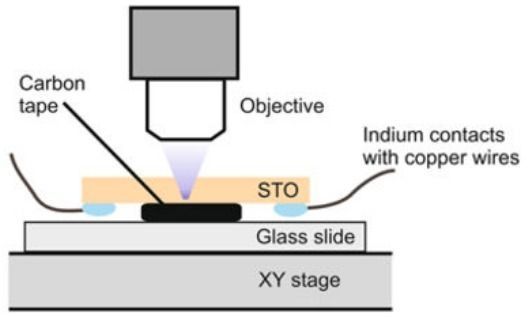Let’s face it: people are awful. They’re stupid and forgetful and do terrible things like leave pets and children in hot cars. Safety experts say that an average of 37 children die in locked vehicles every year. And while there is no obvious solution to this particular aspect of humanity’s chronic wretchedness, there are some new safety features coming out soon that can hopefully help prevent these types of tragedies from happening.
Starting in 2018, the new Nissan Pathfinder will include sensors that can detect when the rear door is opened before a trip, so that if the driver neglects to open the rear door again after the car in parked, the horn will beep several times as a reminder. That way, drivers wouldn’t get more than a few steps away before being reminded to give the backseat a quick check. The new system will also display an alert on the instrument cluster behind the steering wheel, so the driver gets a reminder even before he or she leaves the vehicle.




